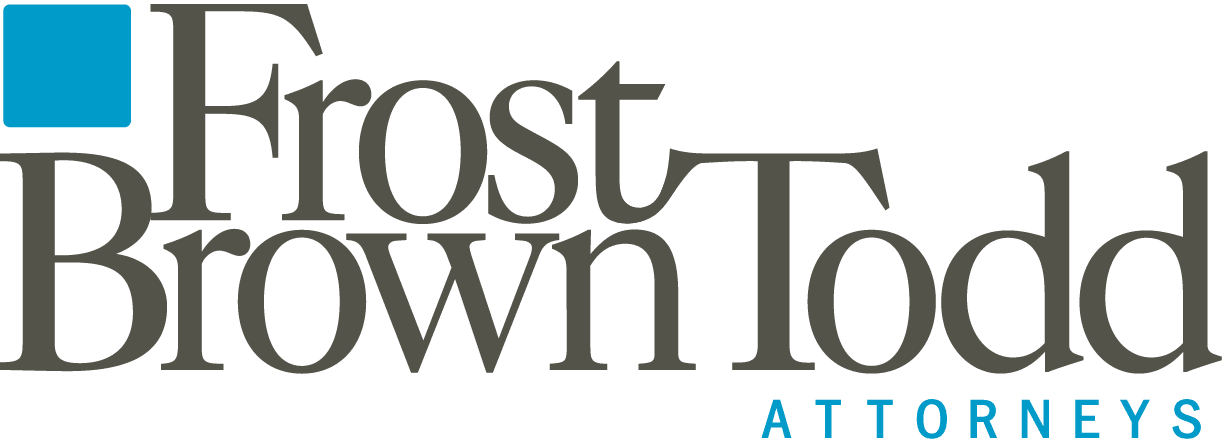Owners of federally subsidized multifamily properties (“Subsidized Properties”) should be aware of favorable new guidelines going into effect on October 24, 2024, that could expand affordable housing access for potential tenants receiving benefits from the Department of Veterans Affairs (VA). Owners, operators, and managers of Subsidized Properties should familiarize themselves with the updated income guidelines to ensure they comply with new program requirements created by public housing agencies (PHAs) and are able to better serve a new group of potential tenants.
The Department of Housing and Urban Development (HUD) recently published guidelines promulgating alternative income eligibility requirements for recipients of aid from the VA through its Veterans Affairs Supportive Housing (VASH) program. These guidelines create a new formula for calculating a tenant’s income when determining compliance with the applicable income restrictions imposed on properties subsidized by programs created under the Housing Act of 1937—or financed in part with tax-exempt bonds and/or low-income housing tax credits—when such tenants are participating in the VASH program (“HUD-VASH Applicants”).
Furthermore, the new guidelines provide that PHAs will determine income eligibility for HUD-VASH Applicants in accordance with 24 CFR 982.201 and 24 CFR 5.618 and that PHAs must serve all income-eligible veterans receiving support under the VASH program. To better serve income-eligible veterans, the guidelines waive 24 CFR 982.201(b)(iii) and, as such, will prohibit PHAs from conditioning eligibility for the subsidy on “additional eligibility criteria.” The guidelines create several additional rules for use in determining the income eligibility of HUD-VASH Applicants.
First, the guidelines waive section 3(b) of the Housing Act, which contains the definition of “income” for programs authorized by the Housing Act, including Section 8 programs. Waiving section 3(b) results in the exclusion of most VA service-connected benefits for the purpose of calculating income eligibility for HUD-VASH Applicants. Second, the guidelines waive the application of 24 CFR 5.609(a)(1) to HUD-VASH Applicants so that income determinations for these applicants can exclude the value of their VA service-connected benefits, even though such benefits are not specifically excluded in 24 CFR 5.609(b).
By waiving the income determination requirements mentioned above, HUD aims to ensure that homeless veterans with VA service-connected benefits could satisfy any restrictions placed on the Subsidized Properties even if their VA service-connected benefits would otherwise cause them to exceed the income limits in effect under the previous rules. The guidelines allow a PHA to exclude all VA service-connected disability benefits received by the HUD-VASH Applicant and the exclusions listed in 24 CFR 5.609(b) when determining a HUD-VASH Applicant’s annual income for purposes of determining income eligibility for Subsidized Properties. However, the special exclusion for VA service-connected benefits does not extend to the calculation of total tenant payments for housing assistance purposes; rather, it is limited to the determination of initial eligibility for Subsidized Properties.
Recently, the Internal Revenue Service issued Revenue Procedure 2024-38 (the “Revenue Procedure”) to align the income eligibility determination guidelines for HUD-VASH Applicants for properties financed in whole or in part with tax-exempt bonds or low income housing tax credits (“Affordable Properties”) with those set forth in HUD’s new guidelines for Section 8 and other properties subsidized pursuant to Housing Act programs. Because Affordable Properties rely on the same income determination rules used by Section 8-subzidized properties, the revised income requirement rules should likely have the same effect on Affordable Properties as they do on Section 8 properties. Furthermore, because the Revenue Procedure uses the same income determination rules as the new HUD guidelines, VASH program applicants can access Section 8 housing regardless of how it was financed, and operators and developers only need to apply one set of income determination rules.
The new guidelines for determining a HUD-VASH Applicant’s eligibility for Subsidized Properties based on income will go into effect on October 24, 2024, and will remain in effect indefinitely. Any income eligibility determination made regarding HUD-VASH Applicants on or after that date is required to use the new HUD guidelines and the Revenue Procedure for making such determination.
Frost Brown Todd counsels investors, developers, local governments, nonprofits, and other key stakeholders on subsidized and affordable housing transactions across the country. We stay at the forefront of all statutory and regulatory updates within the industry, and are ready to assist clients with navigating the ever-changing regulatory environment. For more information, please contact the authors or any attorney with Frost Brown Todd’s Multifamily Housing industry team or Commercial Finance practice group.
